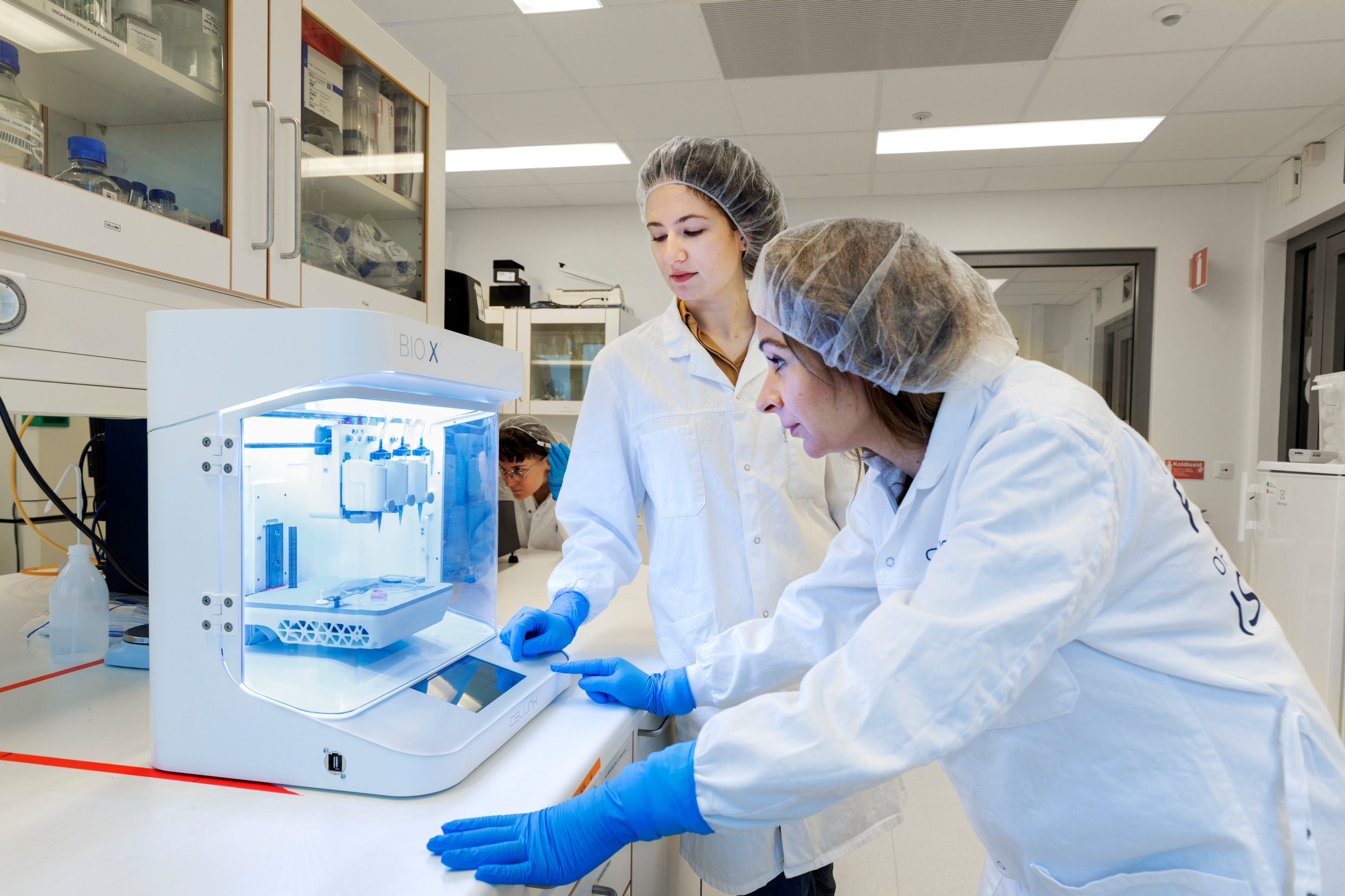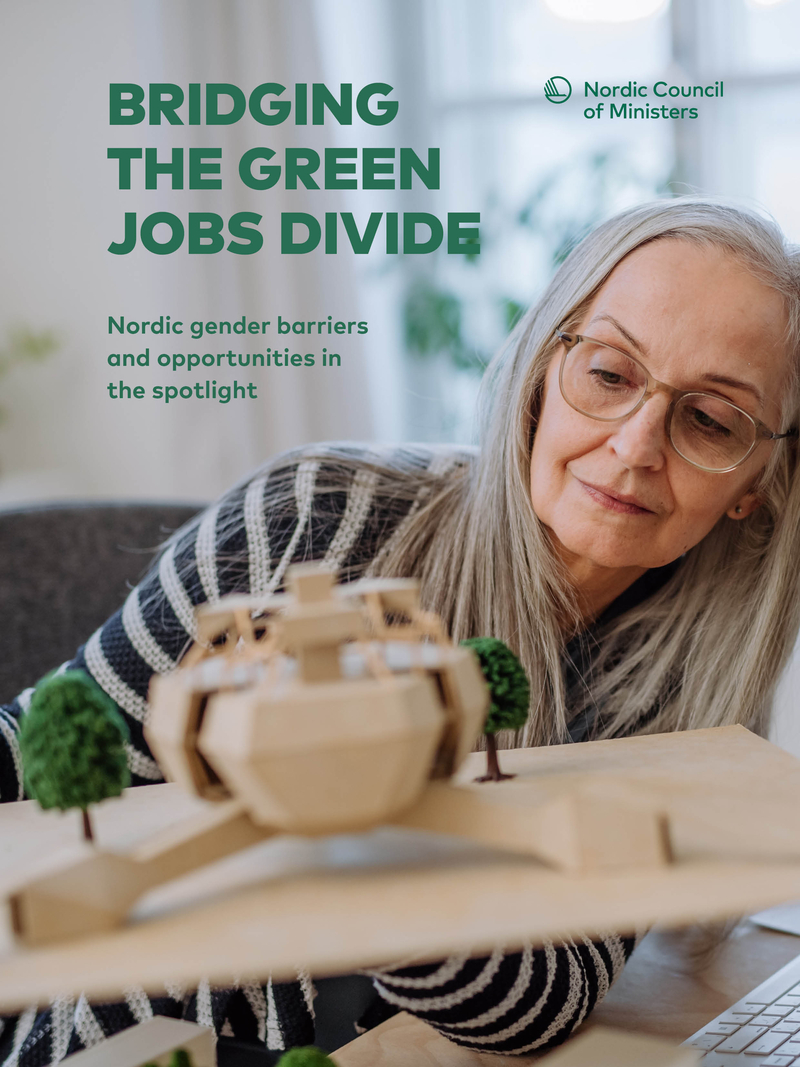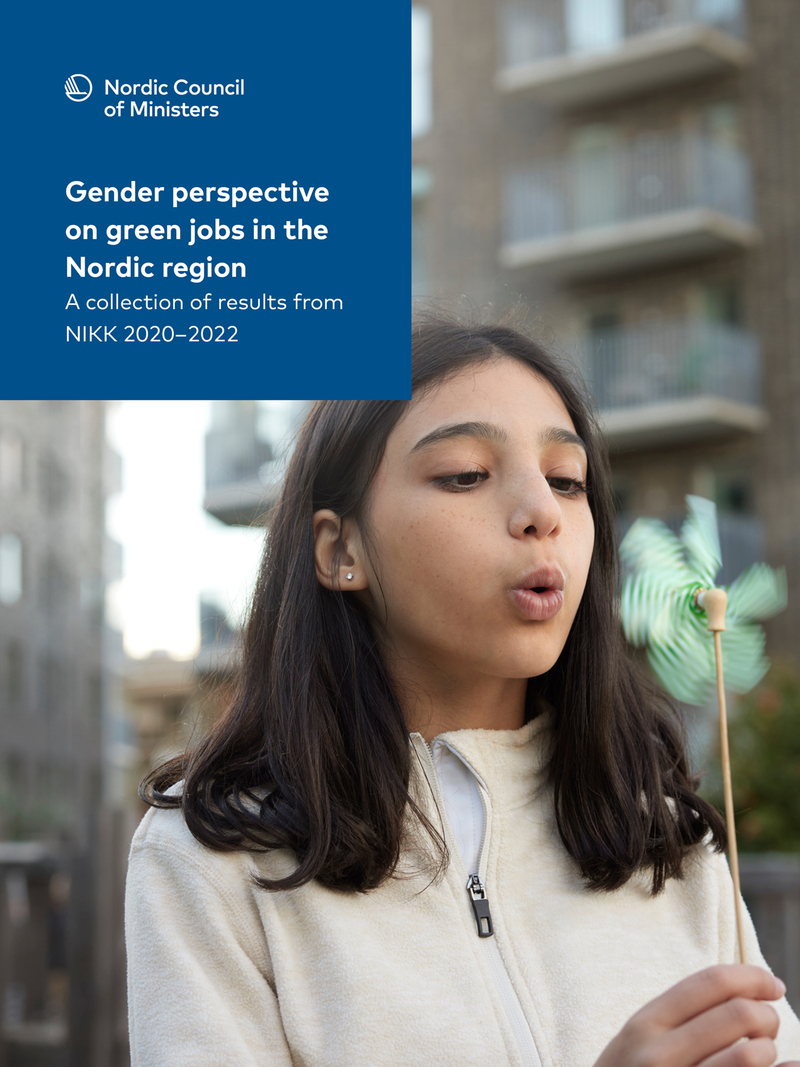
Why green jobs also need to be gender-equal
Green jobs are key to achieving the climate goals. We now need to produce goods and services in a completely new way that replaces our outdated dependence on fossil fuels.
Right now, 25 percent of people in the Nordics are employed in green jobs, a good figure compared to the rest of the OECD.
But only one in three green workers in the Nordic region is a woman.
So far, “green jobs” have referred to tasks requiring technical expertise – building energy-efficient homes, mining metals for EV batteries, installing solar panels, and building wind farms. In these jobs, men make up 70 percent of the workforce.
Women are thus underrepresented in the professional jobs that are crucial for the Nordic region to deliver on the climate goals.
For this reason, new Nordic research is therefore highlighting that the green transition will widen the gender pay gap. But does it really have to come at the expense of gender equality?
Something is happening right now with how we view green jobs. More companies are calling for green skills that can change people’s habits and behaviours. Research shows that women have adapted their lifestyles more quickly towards becoming sustainable.
The Nordic region is striving to become the most sustainable and integrated region in the world. This vision also covers sustainable schools, education, and healthcare. Women make up the majority of the workforce in these sectors.
What would happen if healthcare and care jobs were also considered green jobs?
Read more in the publications below about how green jobs can become gender-equal.
“Only one in three green workers in the Nordic region is a woman.”

